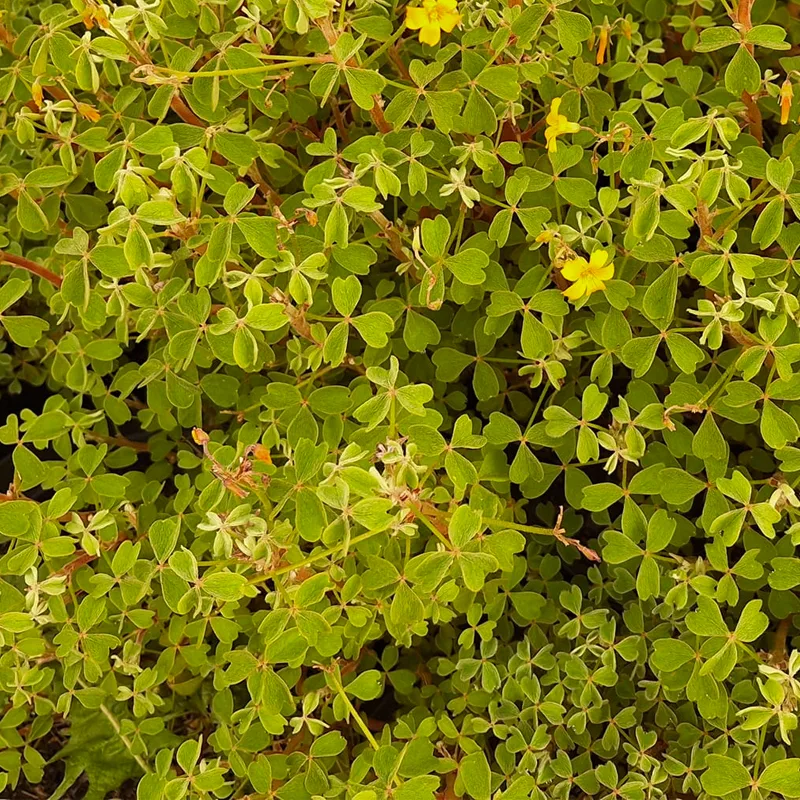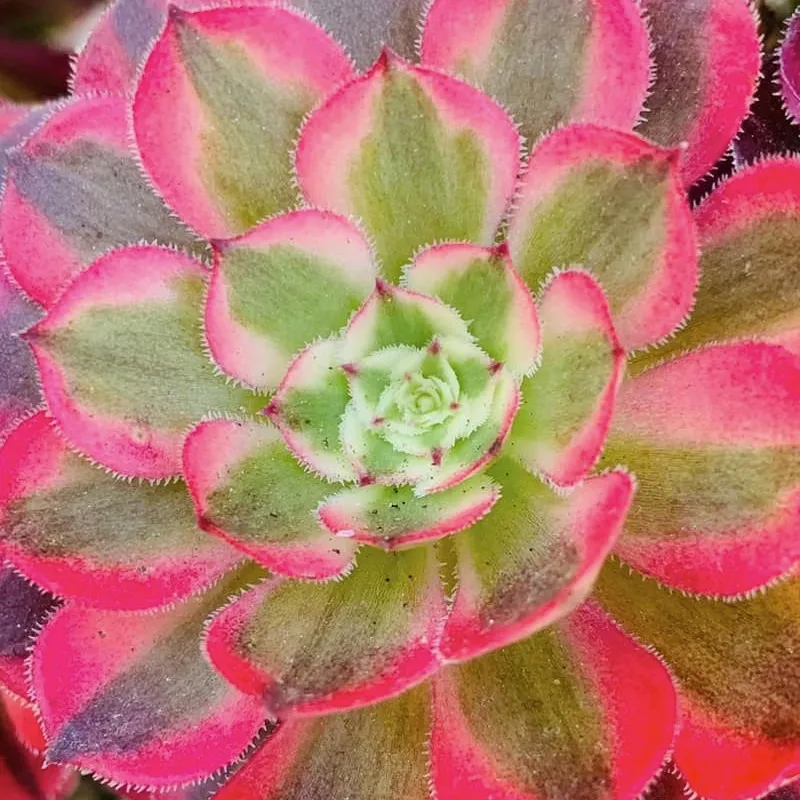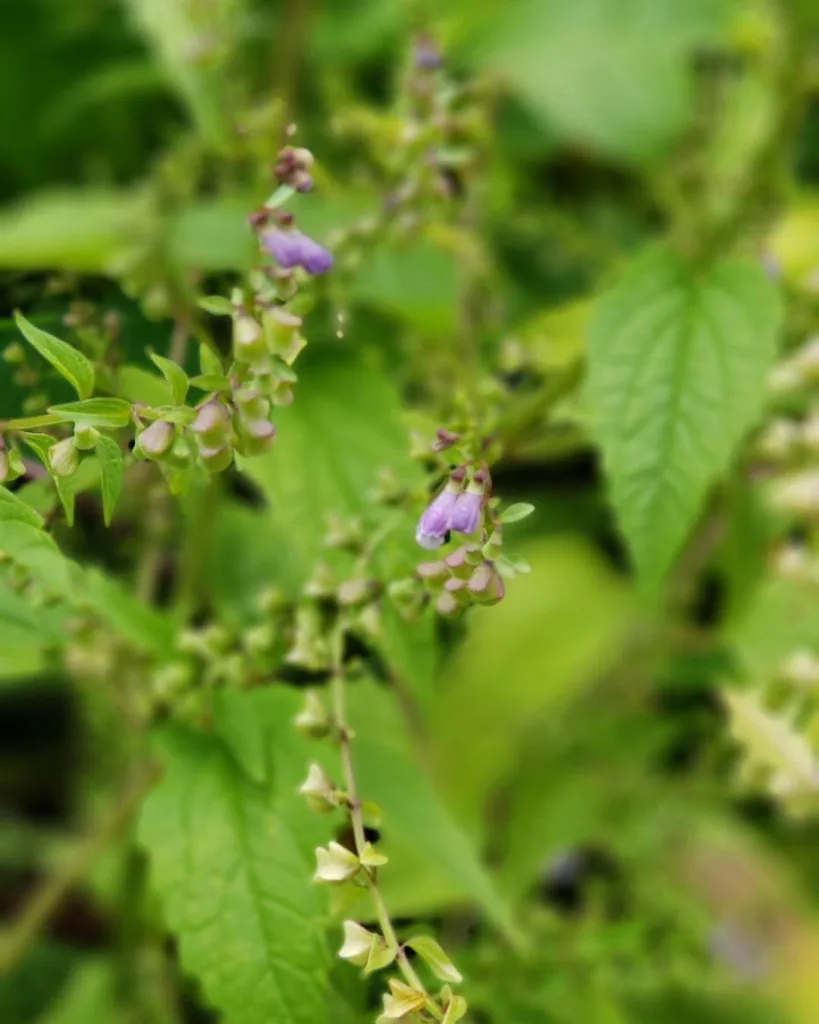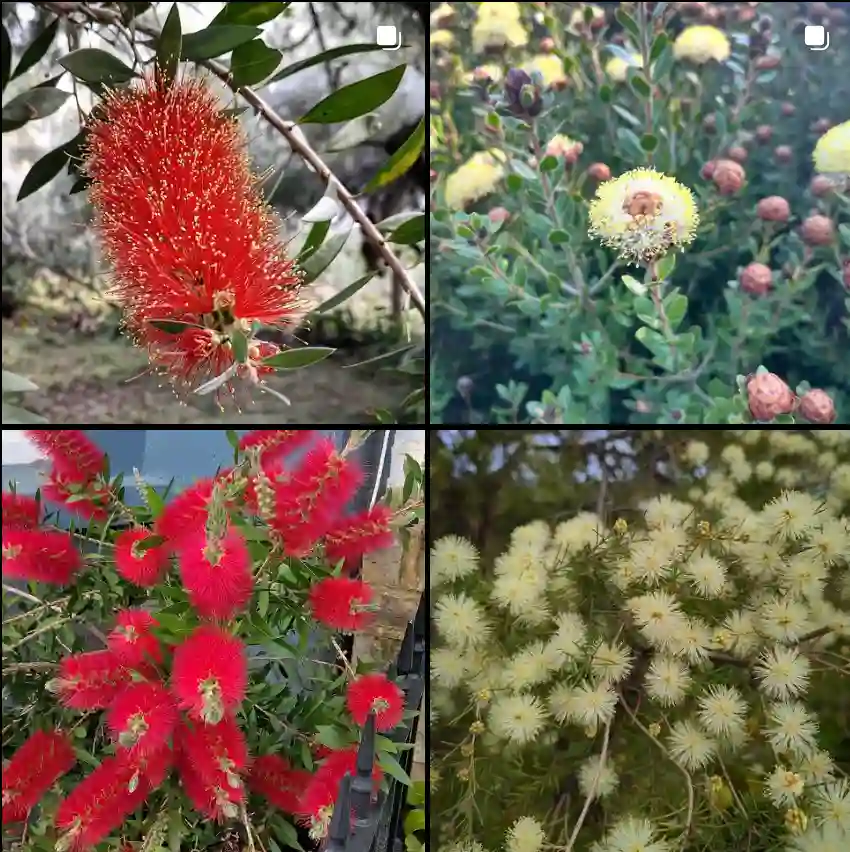Exploring the Stachyuraceae Family: A Journey Through Stachyurus
As a plant enthusiast, I’ve always been fascinated by the diversity of plant families. One that particularly piques my interest is the Stachyuraceae family. Within this family, the genus Stachyurus stands out, offering a unique blend of beauty and intrigue. This article delves into the characteristics, cultivation, and significance of Stachyurus plants, showcasing why they deserve a spot in any garden.
What is Stachyuraceae?
The Stachyuraceae family consists primarily of the genus Stachyurus. This family is relatively small, but it captures the attention of plant lovers due to its striking flowers and attractive foliage. Native to East Asia, particularly Japan, China, and the Himalayas, Stachyurus plants thrive in temperate climates. Their unique flowering patterns and growth habits make them an exceptional addition to gardens.
Characteristics of Stachyurus
Stachyurus species are deciduous shrubs or small trees. They typically grow between 3 to 10 feet in height, depending on the species and environmental conditions. One of the most notable features of Stachyurus is its pendulous racemes of flowers that appear in early spring before the leaves unfurl. The blossoms are usually yellow or white, creating a beautiful contrast against the emerging green foliage.
The leaves of Stachyurus are another highlight. They are simple, alternate, and have a lanceolate shape with serrated edges. The vibrant green leaves turn shades of yellow and orange in the fall, adding seasonal interest to the landscape. Overall, the combination of unique flowers and attractive foliage makes Stachyurus a standout choice for gardeners looking to enhance their outdoor spaces.
Cultivation Tips for Stachyurus
Growing Stachyurus can be a rewarding experience, but it does require some attention to detail. Here are some essential tips based on my experiences:
1. Location and Soil
Stachyurus thrives in well-draining soil with a slightly acidic to neutral pH. I’ve found that a location that receives partial shade to full sun works best. While they can tolerate some drought, they perform optimally with consistent moisture. It’s important to avoid waterlogged conditions, as this can lead to root rot.
2. Watering
Regular watering is crucial, especially during the establishment phase. I typically water my Stachyurus plants deeply once a week, allowing the soil to dry out slightly between waterings. This method encourages deep root growth and overall plant health.
3. Pruning
Pruning is vital for maintaining the shape and health of Stachyurus plants. I usually prune them right after flowering to encourage new growth for the next season. Removing any dead or diseased branches is also essential for promoting air circulation and preventing pests.
4. Fertilizing
Applying a balanced fertilizer in early spring can boost growth and flowering. I prefer using organic fertilizers, as they tend to improve soil health in the long run. A little goes a long way, and it’s best to follow the recommended application rates on the product label.
The Beauty of Stachyurus in the Landscape
Incorporating Stachyurus into my garden has been a delightful experience. The pendulous flowers provide a whimsical touch, drawing the eye and inviting admiration. I often plant them near pathways or in mixed borders, where their unique shape and colors can shine. Their spring blooms are not just a treat for the eyes; they also attract pollinators like bees and butterflies, contributing to the overall health of the garden ecosystem.
Seasonal Interest
One of the reasons I love Stachyurus is the seasonal interest they provide. In spring, the flowers bloom, creating a stunning display. By summer, the lush green foliage fills out, providing shade and texture. Come fall, the leaves turn a brilliant mix of yellows and oranges, ensuring that the beauty of Stachyurus extends throughout the year.
Challenges in Growing Stachyurus
While Stachyurus is generally hardy, they can face challenges. Pests like aphids and spider mites may occasionally show up, especially in hot, dry conditions. I’ve found that regular monitoring and introducing beneficial insects can help manage these pests effectively. Additionally, they can be susceptible to fungal diseases if air circulation is poor, so proper spacing is crucial.
Conclusion
The Stachyuraceae family, particularly the Stachyurus genus, offers a fascinating look at the diversity of plant life. With their unique flowers, attractive foliage, and seasonal interest, Stachyurus plants are a worthy addition to any garden. My experiences with growing these shrubs have been rewarding, and I believe they can bring joy and beauty to many outdoor spaces. Whether you’re a seasoned gardener or just starting, consider adding Stachyurus to your collection and experience the wonders of this captivating genus.
If i die, water my plants!



